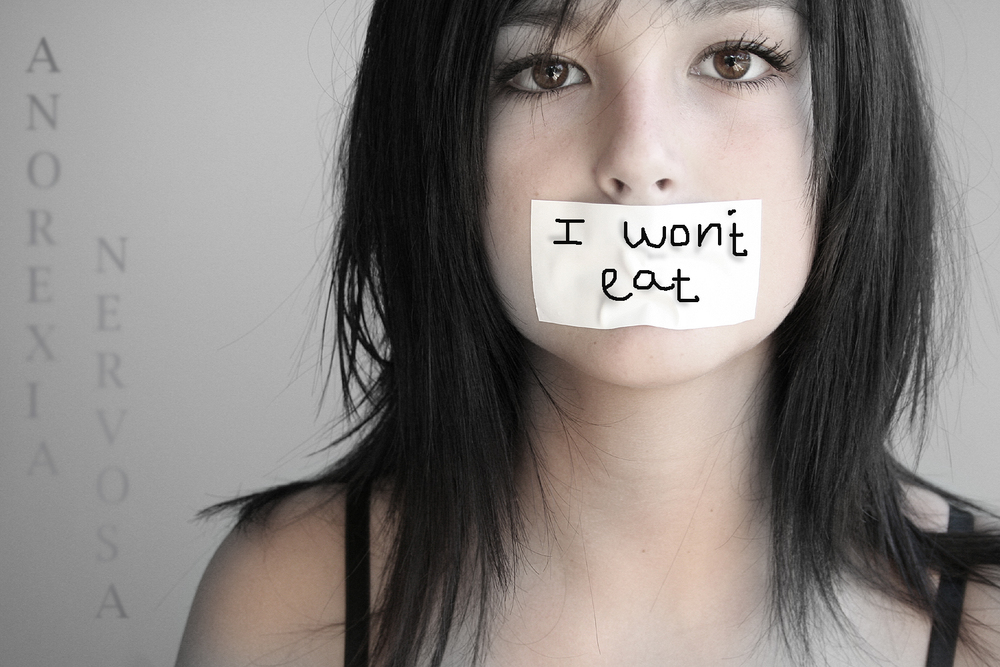More Anorexia in Kids | Are Girls Afraid of Getting Curves?
/
Seeking to confirm the just-cited Psychology Today statistic that 40 percent of women will suffer from anorexia or bulimia in florid or subclinical form at some time in their college career, we discovered a new article at Le Figaro English saying that children from 5 to 15 are increasingly being diagnosed with anorexia.
A recent study published by British National Health Service (NHS) reported that some 100 kids from age 5 to 7 were hospitalized in the UK for severe anorexia over the past year. Some 100 other children aged 8 to 9 years-old suffer from the same plight. Overall, among the 2,000 young British from 5 to 15 years old were admitted to hospital for this eating disorder including nearly 600 under the age of 13. The phenomenon has largely been underestimated, and some health care facilities have refused to share their data on the young patients.

Experts say the British numbers are understated, because the study took place in only 35 hostpitals.
This trend, one not documented with sufficient medical statistics, is appearing in Canada, Australia, France and most Western countries.
In Mumbai girls in private schools are starving to achieve a size 0 figure, writes the Daily News & Analysis.
Ever since Bollywood actor Kareena Kapoor ‘flaunted her size zero figure’ in one of her films, writes DNA, it has become a trend among young girls. In their desperate bid to acquire that figure, young girls are abandoning healthy food eating habits.
Susan Ringwood, chief executive of the eating disorders charity Beat in Britain, says the many girls are so frightened of developing curves that they starve themselves to death to try to keep their slender child-like figures.
For the most part, size 0 models don’t have curves.
In the US where obesity is a huge problem among children, anorexia is also increasing. A 2010 study covering the years 1999 to 2006 revealed that hospitalizations for eating disorders increased by 119 percent for children under 12 years old.
Experts are quick to point out that blaming celebrities and size 0 models isn’t the only source of the eating disorders problem. Eating disorders could be a combination of many things: peer pressure, societal influences, family dynamics, stressful life events, teasing by kids at school, genetic predisposition.
From our perspective, we don’t know how to separate fashion models and celebrities from peer pressure and societal influences. Our initial Psychology Today article on raising a nation of whimp kids in America reminds us that self-control is a key factor in anorexia. Is there a connection between parents making all the key decisions for kids these days, organizing their lives down to the smallest detail and eating disorders?
Following up on our earlier article Anorexia in Thirds | 1/3 Die, 1/3 Relapse, 1/3 Recover, we noted that one confirmation of the 1/3 relapse statistic comes from Harvard University Dr David Herzog’s study of women nine years after being treated for anorexia in an in patient facility. Anne





























